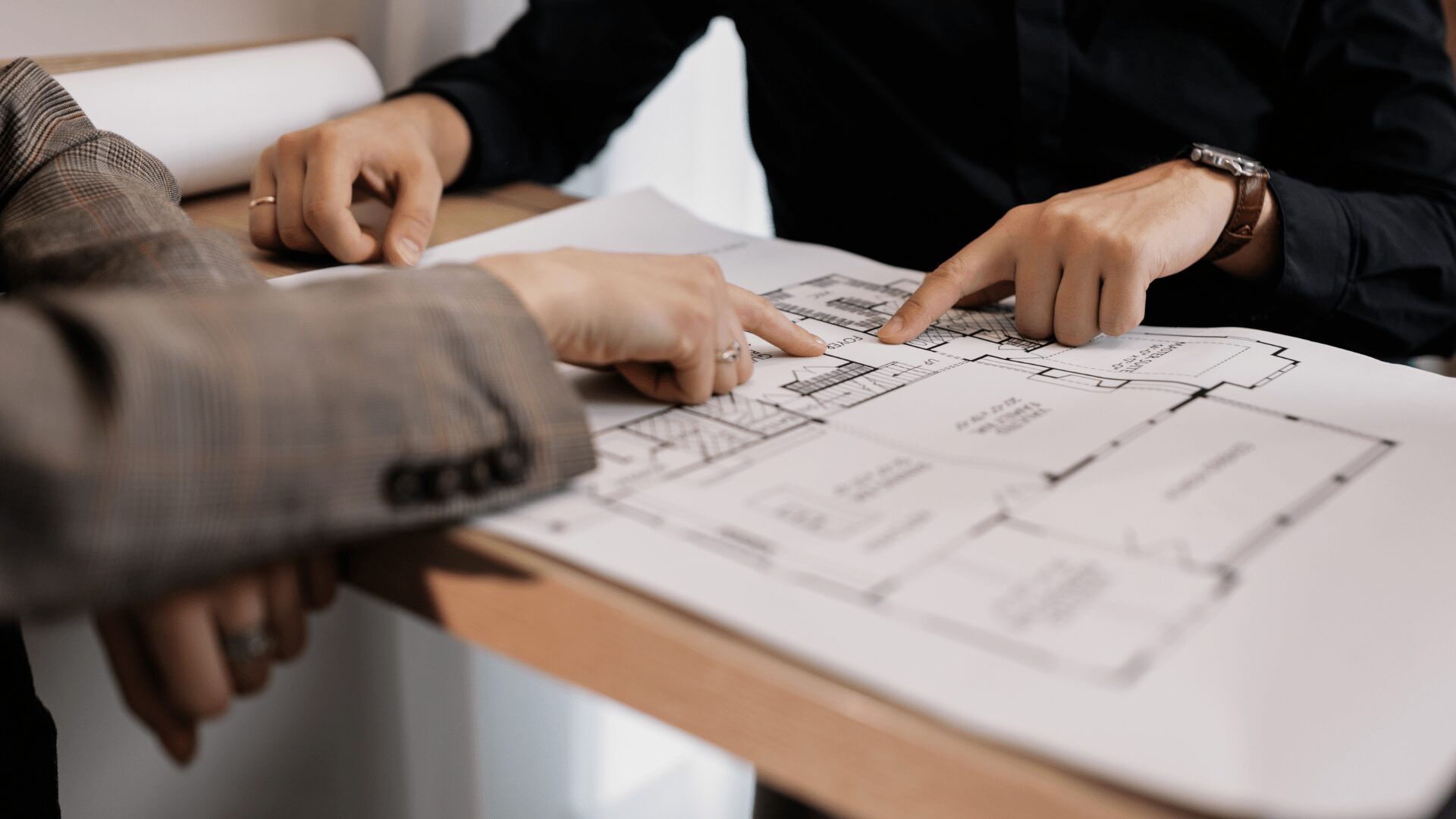When renovating or building a home, the floor layout is one of the most important design considerations. More than just visual appeal, the floor plan impacts how you move through and utilize the space day-to-day.
The right layout can make your routines easier and your home life more enjoyable. The wrong one can mean constant irritation as you navigate around impractical connections from room to room. Here are tips from the experts on how to create the ideal floor layout tailor-made to your daily lifestyle.
Create a Home Interior Map
An expert design consultant can create a preliminary sketch that outlines the floor plans. Discuss with the contractor what you have in mind. For example, if you plan on frequently inviting guests for social hour, then the blueprint may include a living room layout that can accommodate furniture laid out in a circular formation, so all guests face or semi-face one another.
Measure and Measure Again
We can’t overstress the importance of setting measurements from wall to wall. So many renovation and construction woes occur midway due to inaccurate or lack of measuring.
Apart from measuring the interior space, you should also acquire measurements of every furniture piece you own or plan to acquire. Measurements also need to include the space between furniture pieces or between furniture and walls.
Freedom of Movement
With furniture and other household items occupying the space, is there ample room for occupants to traverse freely? You shouldn’t feel compacted or have to “wiggle” to get around in your own home. The kitchen work triangle is a primary example.
This is the space between the sink, fridge, and stove. If you draw a triangle between these fixtures, the measurement should be adequate for at least a single person to move seamlessly between appliances.
Identify Traffic Zones
Identify the pathways you and other members will be walking over, especially when moving from one room to another. Identify and measure these traffic-heavy zones and keep them free of furniture, appliances, and other obstructions.
As a general rule, at least two people standing beside one another should be able to move freely without risk of bumping into the wall or furniture.
Consider Appearances from All Angles
From a visual standpoint, think about how the interior will appear from different vantage points. How will the space appear from:
- The front door upon entering
- The doorway of each bedroom
- The doorway of the bathroom
- The starting point of each designated high-traffic zone
Layouts that appear nice in one angle may be less so at another. Factoring in different angles will help determine furniture placement and positioning.
Incorporate Multi-Purpose Furniture
Mid-planning, you may discover the layout provides a lack of space once furniture placements have been factored in. This is where multi-functional furniture can prove to be a major space saver.
An ottoman, for example, can triple-function as a seat, footstool, and a makeshift table. Another terrific option is a drop-leaf table that enables the sides to fold when not in use. This frees up several inches of space on at least two or all sides.
Consider the Outdoor Living Space
The patio is part of the living area and should be a part of the floor plan. You may decide, for instance, that the outdoor area will be the main social hub.
This eliminates the need for larger and/or multiple furniture in the living room, thereby freeing up interior space. If you go this route, then additional variables warrant consideration, such as lighting and weather-proofing furniture.
Read also: Which is Better: Open Concept vs. Traditional Floor Plan?
Get Expert Help from an Interior Designer in Lafayette, LA
Even with home-planning apps and AI remodeling solutions, there’s no substitute for a live consultant when creating a layout tailored to your life. Our Lafayette interior design experts at Albarado’s Fine Furnishings get to know you personally.
This insight allows us to craft floor plans suited to both your existing furniture and how you envision using each space day-to-day. Our expertise means we can advise on modifications to improve flow and functionality based on your unique needs.
Let our design experts help you achieve a renovation that combines the best of both worlds in function and aesthetics!

